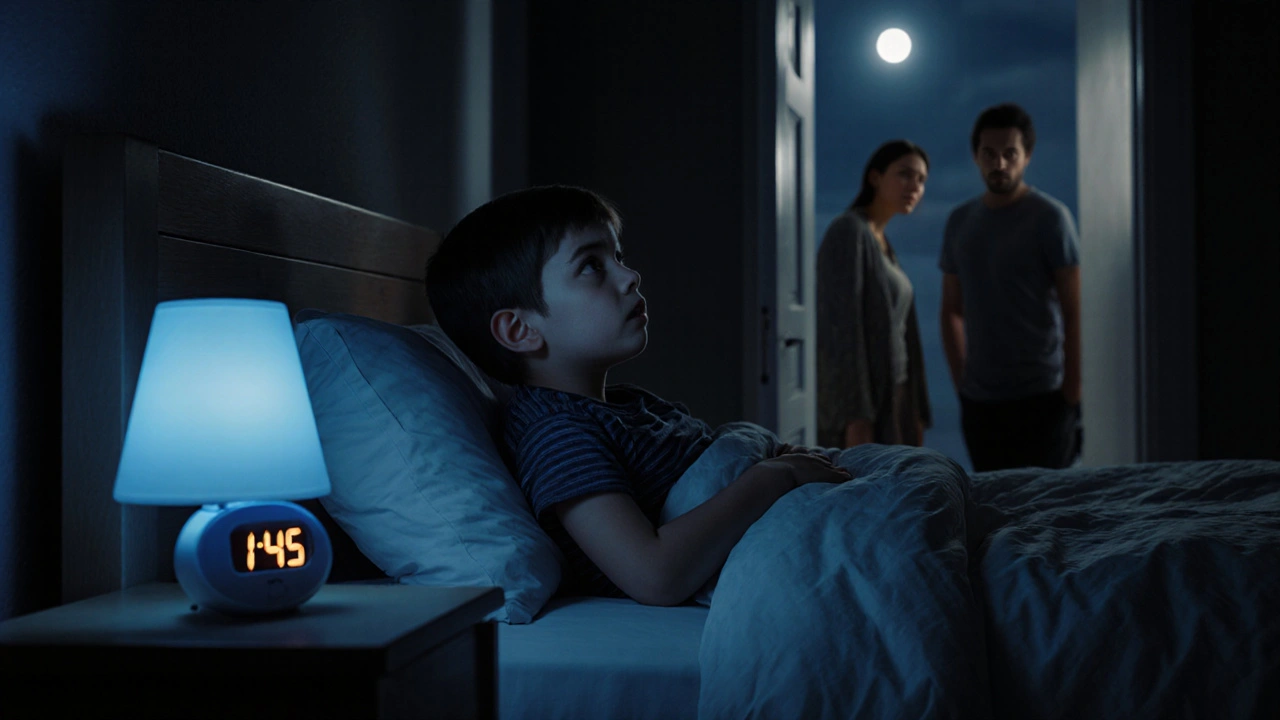Sleep Phase Disorder Treatment: Options, Strategies, and What Works
When dealing with sleep phase disorder treatment, a range of medical and behavioral approaches designed to realign abnormal sleep timing, the first thing to realize is that you’re not alone. This condition falls under the broader umbrella of circadian rhythm disorder, which includes both delayed sleep‑phase syndrome and advanced sleep‑phase syndrome. These disorders throw your internal clock off balance, making it hard to fall asleep or wake up at socially acceptable times. Understanding the underlying clock mechanism is the key that unlocks most effective interventions.
Key Treatment Modalities
Sleep phase disorder treatment typically combines three pillars: timing, exposure, and behavior. Melatonin, a hormone that signals darkness to the brain is often the first pharmacological step. Low‑dose melatonin taken several hours before the desired bedtime can shift the sleep window earlier for delayed phase or later for advanced phase. The timing of light therapy, controlled exposure to bright light that cues the brain to reset its clock is the second pillar; bright light in the morning advances the clock, while evening light exposure delays it. Together they create a bidirectional push‑pull effect that nudges the circadian rhythm toward the target schedule.
Beyond pills and lamps, behavioral sleep hygiene plays a crucial role. Simple habits—consistent bedtime, limiting screens, and keeping the bedroom cool—provide the environment your body needs to trust the new schedule. Cognitive‑behavioral therapy for insomnia (CBT‑I) adds a structured, evidence‑based framework that tackles anxious thoughts and conditioned arousal that often accompany phase disorders. Chronotherapy, a systematic schedule of progressively later or earlier bedtimes, can be used when melatonin and light alone aren’t enough, effectively forcing the internal clock to reset through controlled sleep deprivation and rebound.
All of these approaches share a common goal: to create a predictable, repeatable signal that the brain can follow. Whether you’re a teenager struggling with late‑night study sessions or an older adult waking up too early, the mix of melatonin, timed light exposure, and disciplined habits can reshape your sleep architecture. Below you’ll find a curated list of articles that dive deeper into each method, share dosage tips, safety considerations, and real‑world success stories. Browse on to find the exact combination that fits your lifestyle and start syncing your sleep with the world around you.

Delayed Sleep Phase Syndrome in Kids: Signs, Symptoms & Treatment Options
Learn to spot Delayed Sleep Phase Syndrome in children, recognize its symptoms, and explore effective treatments like melatonin, light therapy, and behavioral strategies.
